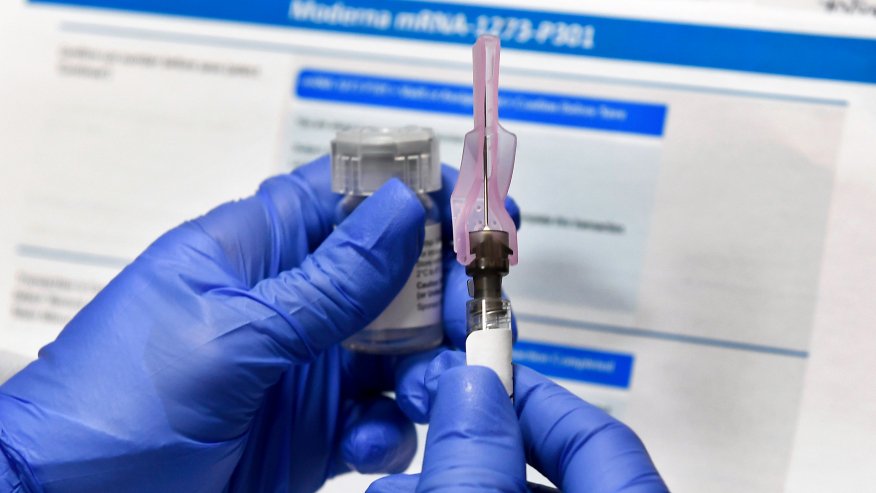The United States launched a large-scale coronavirus vaccination in December last year, but the vaccination progress is far behind the U.S. government’s plan to complete at least 20 million Americans by the end of 2020.
Vaccination progress is slow in California, Pennsylvania and other places in the United States. The U.S. media commented that the fairness of the allocation of vaccine resources has become a major challenge for the United States to promote vaccination.
According to a CBS report on the 6th, according to the data of the Centers for Disease Control and Prevention, Pennsylvania had been injected with 163,207 doses of COVID-19 as of the 4th, accounting for only 27% of the total number of vaccines in the state.
In California, where the epidemic is severe, Governor Newsom admitted on the 4th that the state has received nearly 1.3 million doses of coronavirus vaccine, but only about 35% of the vaccine has been vaccinated. At present, only about 29.5% of the coronavirus vaccines have been injected nationwide.
Last November, the U.S. Department of Health and Human Services announced a partnership with large pharmacy chains and independent community pharmacies, expecting retail pharmacies to play a key role in vaccination efforts everywhere.
However, this leaves many poor areas that lack pharmacies helpless.
South Willie, mayor of Dayton, Ohio, said that it was hoped that vaccination could be simple and convenient, but poor areas like Dayton have almost no chain of pharmacy to get the vaccine.
It is unfair that many low-income people can’t reach vaccination sites at all.
CBS commented on this that according to the plan of the U.S. government, ordinary people other than the first batch of vaccinations need to wait months to get the vaccine.
However, the biggest problem now and in the future is how to get the vaccine to the general public. The fair distribution of vaccine resources has become A major challenge for the United States to promote vaccination.



